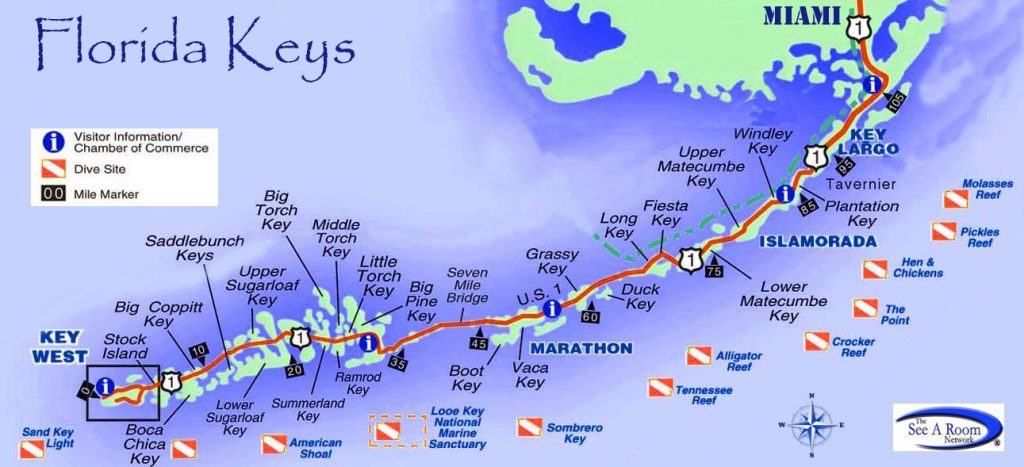In this new series, we are highlighting various Keys and sharing some info on how these particular islands got their names and how they became significant in growth and development of the Florida Keys. With over 1,700 Keys and some with very interesting names, there is a rich and unique history behind each Key and we will aim to uncover some facts about each.
Duck Key:
Duck Key was once the site of a large salt manufacturing operation in the 1800s. Much like the rest of the Keys, the residents of the islands were displaced by the 1935 hurricane after which occupants left the area and did not return until a causeway was built reconnecting the island to the highway in the 1950s. Today, Duck Key is home to one of the Keys’ most popular resorts, Hawk’s Cay. Hawk’s Kay is so popular it has become synonymous with the island and many people refer to the entire island of Duck Key as simply Hawk’s Cay as well.
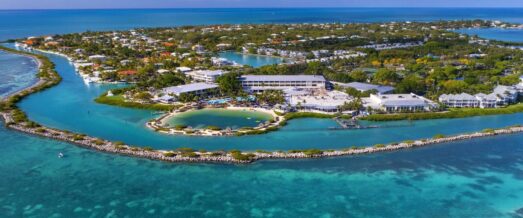
Grassy Key:
Early settlers of Grassy Key truly lived off-the-grid, with primitive style housing and limited access to civilization as the island was only accessible by boat for many years. The construction of the railroad allowed for easier access to Grassy Key and opened it up as a tourist destination. A ferry system also linked the Key from Key West to Lower Matecumbe before the hurricane of 1935 forced the area to rebuild. A few years after the hurricane phone lines were introduced and the area started to flourish again.
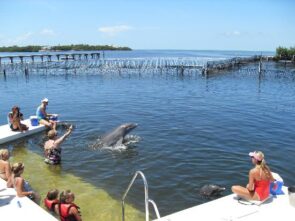
In 1940 a commercial fisherman named Milton Santini and his wife, Virginia, opened Porpoise Training School on Grassy Key. Milton suffered an injury and learned how to train porpoises through his rehabilitation. One day he dropped a rubber ball used for his therapy and one of his dolphins, Mitzi, retrieved the ball for him – thus creating a game for them to play and the beginning of a marine life training center. Mitzi the dolphin would later be known as the famous Flipper, from the 1963 movie of the same name. The Dolphin Training Center carried on through the years with the Rodriguezes reopening it as the Dolphin Research Center in the 1980s – which still exists today and is the main attraction on Grassy Key.
Crawl Key:
Similar to its neighbor, Grassy Key, Crawl Key was home to captive marine life. Crawl Key got its name from the word ‘kraal’ which is used to describe pens or enclosures for sea turtles. The sea turtles on Crawl Key were held there until they were processed for food, like turtle soup. The entrance of Curry Hammock State Park is on adjacent Little Crawl Key.
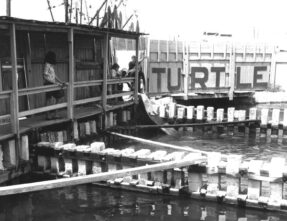
Key Colony Beach:
Key Colony Beach is a municipality that resides on two different islands, Shelter Key and Fat Deer Key. The islands of Key Colony Beach are largely residential and are called home by a little less than 1000 people. The town experienced extensive devastation from Hurricane Donna in 1960 and its status as an incorporated municipality aided in receiving much needed government aid to rebuild the area.
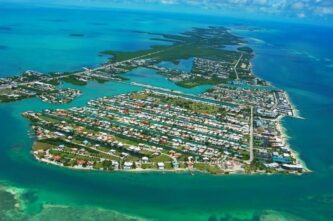
Boot Key:
Boot Key is an uninhabited island adjacent to Key Vaca. While technically within the city limits of Marathon, Boot Key is closed to pedestrian and vehicular traffic. The land of Boot Key is protected from development and is also host to some interesting activities. In addition to a hawk watch conducted there every fall, Boot Key is also home to the broadcasting of Radio Marti. Radio Marti distributes anti-communist news and information aimed at Cubans in an effort to support opposition for the Cuban government. Its lack of occupants and proximity to Sombrero beach make Boot Key a popular spot for kayaking through the mangroves.
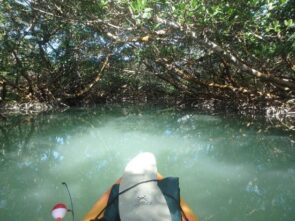
Stay tuned for History of the Florida Keys: Part 5 coming soon. If you have missed Part 1,2 or 3 visit our website archives at https://www.islamoradatimes.com/archive/


